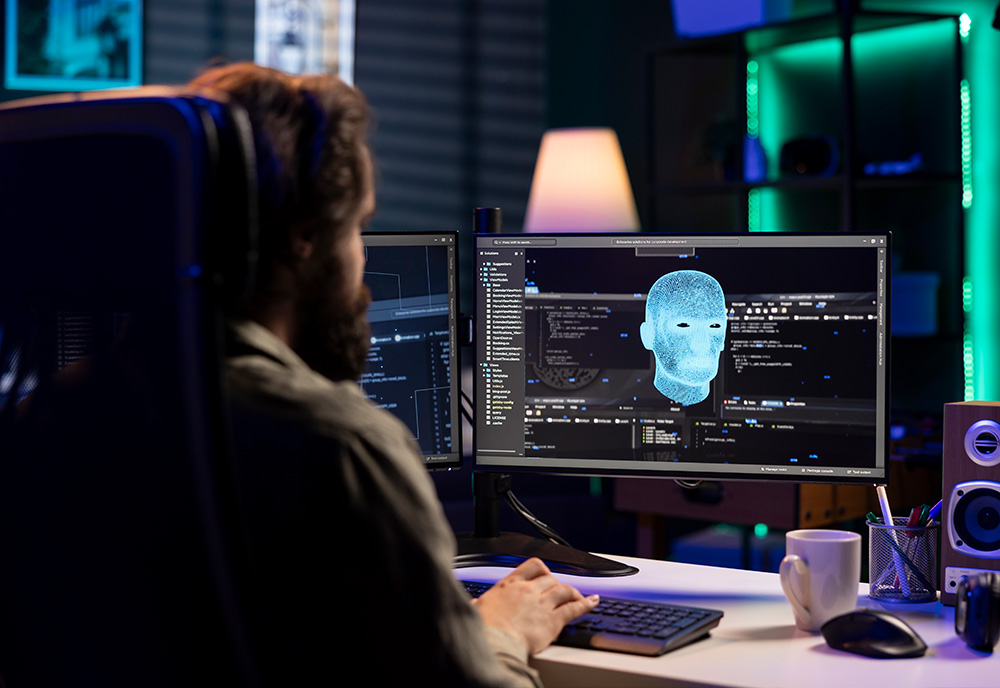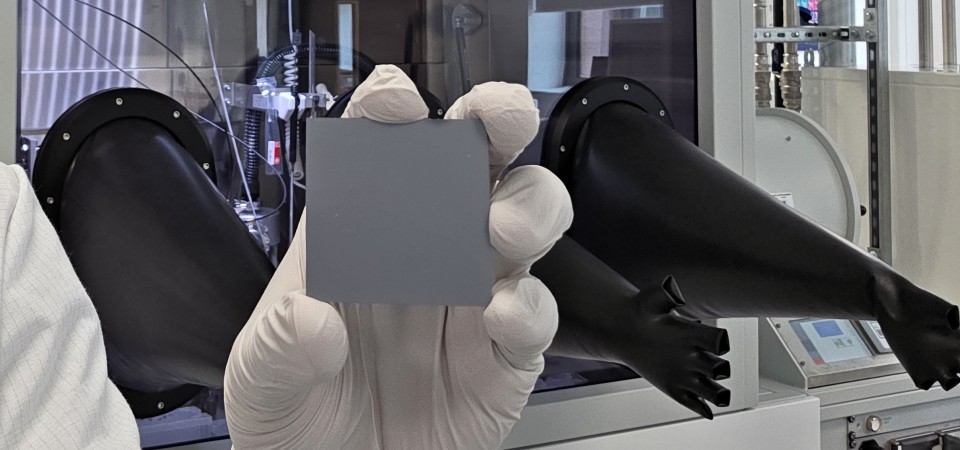Can Facial Expressions Reveal Trauma? USF Tech Offers New Hope for Diagnosing Childhood PTSD

Tampa, FL – Diagnosing Post-Traumatic Stress Disorder (PTSD) in young children can be incredibly challenging. Often, these children lack the verbal skills to articulate their experiences, leaving clinicians struggling to accurately assess and track their trauma. But a groundbreaking technology developed at the University of South Florida (USF) is offering a potentially revolutionary solution: analyzing facial expressions to identify signs of childhood PTSD.
This innovative tool, developed by researchers at USF's College of Engineering, utilizes advanced machine learning algorithms to detect subtle facial cues indicative of trauma. Unlike traditional diagnostic methods which heavily rely on interviews and parental reports, this technology offers a more objective and potentially privacy-preserving approach.
The Problem: Diagnosing PTSD in Young Children
Young children, particularly those under the age of five, often struggle to verbalize their traumatic experiences. This can be due to a variety of factors, including limited vocabulary, developmental stage, and fear of judgment. Parents and caregivers may also be unaware of the full extent of the child’s trauma or may unintentionally minimize the impact. This diagnostic gap can lead to delayed treatment and prolonged suffering for these vulnerable children.
How the USF Technology Works
The USF technology works by analyzing video recordings of children’s faces. The system is trained to recognize micro-expressions and subtle facial movements that are associated with PTSD symptoms, such as anxiety, fear, and sadness. The algorithms are designed to be sensitive to the unique facial expressions of young children, accounting for their developmental stage and typical behaviors.
Importantly, the technology is designed with privacy in mind. The facial expression data is analyzed locally, on the device, and no personally identifiable information is stored or transmitted. This addresses concerns about data security and confidentiality, making it a more acceptable option for clinicians and families.
Potential Benefits and Future Applications
The potential benefits of this technology are significant. It could:
- Improve Diagnostic Accuracy: Provide clinicians with a more objective measure of trauma, reducing reliance on subjective interpretations.
- Enable Earlier Intervention: Facilitate earlier identification of PTSD, leading to more timely and effective treatment.
- Reduce Stigma: Offer a less intrusive and potentially less stigmatizing way to assess trauma.
- Monitor Treatment Progress: Track changes in facial expressions over time to assess the effectiveness of therapeutic interventions.
Researchers are currently exploring the application of this technology in a variety of settings, including schools, hospitals, and child welfare agencies. They are also working to expand the technology’s capabilities to detect other mental health conditions in children.
A Promising Step Forward
The USF-developed facial expression analysis technology represents a significant step forward in the diagnosis and treatment of childhood PTSD. By leveraging the power of artificial intelligence, this tool offers a new and promising way to help clinicians understand and support children who have experienced trauma, ultimately improving their long-term well-being. Further research and clinical trials are planned to refine the technology and ensure its widespread adoption.






